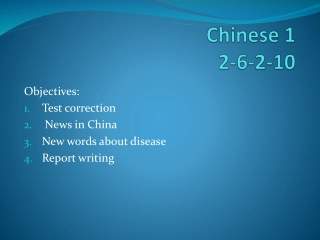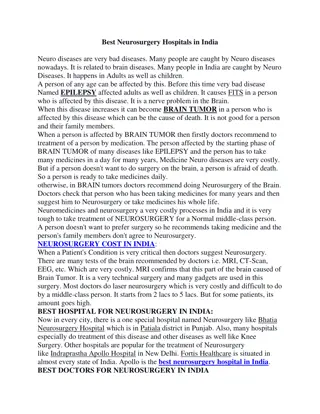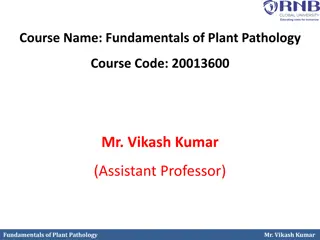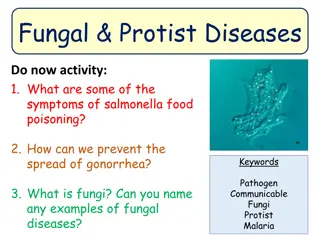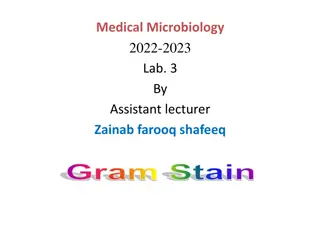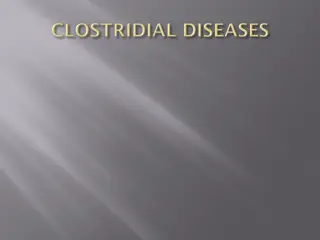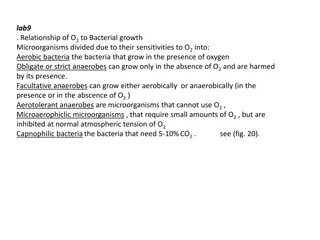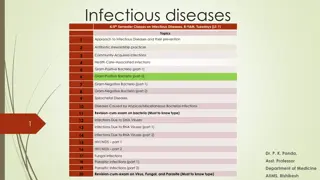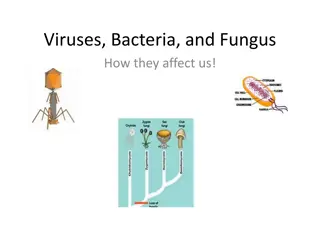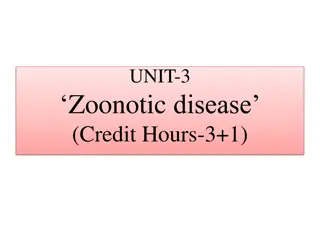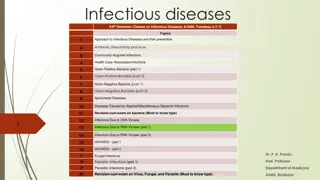Haemophilus Bacteria and Related Diseases
Haemophilus bacteria, a group of small gram-negative bacteria, are discussed in terms of their characteristics, species, clinical features, and laboratory diagnosis. The focus is on Haemophilus influenzae, its antigenic structure, clinical diseases it causes, and laboratory methods for its diagnosis.
Download Presentation

Please find below an Image/Link to download the presentation.
The content on the website is provided AS IS for your information and personal use only. It may not be sold, licensed, or shared on other websites without obtaining consent from the author.If you encounter any issues during the download, it is possible that the publisher has removed the file from their server.
You are allowed to download the files provided on this website for personal or commercial use, subject to the condition that they are used lawfully. All files are the property of their respective owners.
The content on the website is provided AS IS for your information and personal use only. It may not be sold, licensed, or shared on other websites without obtaining consent from the author.
E N D
Presentation Transcript
Lesson objectives Lesson objectives After After the the end end of of the the lecture, lecture, the the student student will will be be able able to to: :- - ** **It is known as a Haemophilus.
GENUS: Haemophilus Characteristics * This is a group of small gram-negative, non-spore forming, non-motile, pleomorphic bacteria that require enriched media for growth. * Growth is enhanced in CO2 enriched atmosphere. * Present in upper respiratory tract as a normal microbial flora in healthy people. *The group is fastidious requiring growth factors for isolation. * The growth factors are X-factor(Hematin) and V-factor (Diphosphopyridine nucleotide). * Requirement for growth factor helps for differentiation of species.
Growth factor X and V factor H. influenzae, H. aegyptius, H. hemolyticus X factor H. ducreyii V factor H. parainfluenzae, H. parahemolyticus Haemophilus species The main species of medical importance are: H. influenza H. ducreyii H. aegyptius
Haemophilus influenzae Characteristic * Gram-negative cocobacilli * Fastidious bacteria requiring growth factors for isolation. * Found in upper respiratory tract as normal flora in healthy people. Antigenic structure 1. Capsular polysaccharide : There are six serotypes of H. influenzae, A-F. Capsular antigen type b is composed of polyribose ribitol phosphate. H. influenzae type b is the most common cause of disease in humans. It is the main virulence factor which provides anti-phagocytic property. 2. Outer membrane protein 3. Lipo-oligosaccharide
Clinical features The bacteria causes disease most commonly in young children. . Acute pyogenic meningitis . Acute epiglottis . Pneumonia . Otitis media . Siusitis . Cellulitis . Acute pyogenic arthritis
Laboratory diagnosis Specimen: Cerebrospinal fluid, sputum, blood, pus. Smear: Gram-negative short rods. Culture: Chocolate agar contain both X and V factor; blood agar contain only X factor. Satellitism test is used to identify H. influenzae in blood agar. Methods: Mix a loop full of haemophilus growth in 2ml of sterile saline. Inoculate the bacteria suspension on a plate of blood agar using a sterile swab. Streak a pure culture of S. aureus across the inoculated plate which provides V-factor for H. influenzae. incubate the plate overnight in a CO2 -enriched environment at 35- 37 Oc. Look for growth and satellite colonies in next morning.
Serology: 1. Quellung reaction (using specific antisera) 2. Immunofluorescence stain Treatment: Ampicillin Chloramphenicol Cotrimoxazole Third generation cephalosporins
H. ducreyii Slender, gram-negative, ovoid bacilli, slightly larger than H. influenzae. Bacteria enmass have configuration of shoals of fish . It causes cancroid (tender genital ulcer). Cultured in special enriched media (20-30% rabbit blood agar) with colonic morphology of small grey glistening colonies surrounded by zone of hemolysis. It is treated by erythromycin, cotrimoxazole and third generation cephalosporins. H. aegyptius It causes contagious conjunctivitis.




